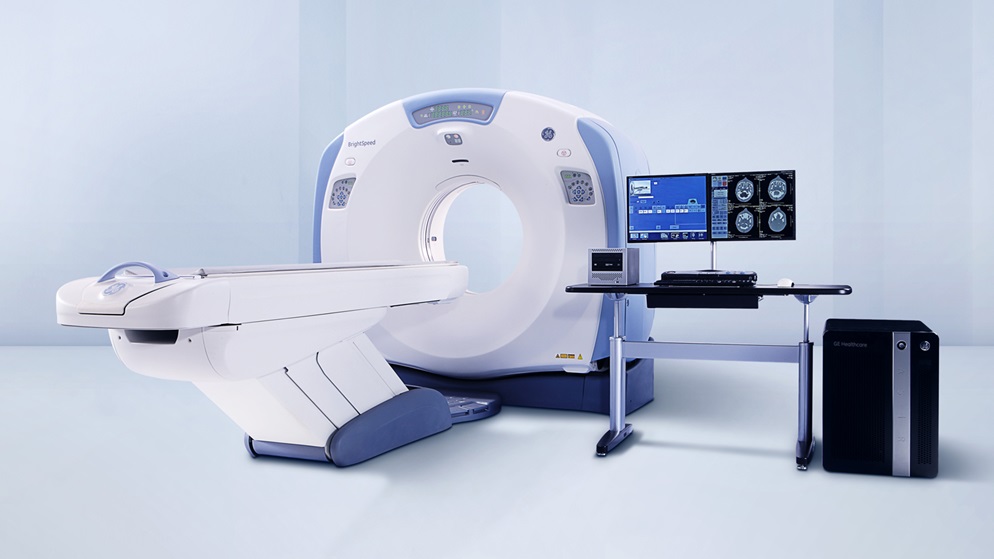
Does structured reporting limit doctors’ professional freedom?
Posted on April 28, 2020
Reporting, retrieving, and communicating clinical findings are among the most important capabilities of any diagnostic information system. The conservative way of preparing and storing clinical reports is to keep them as free text. Such reports (digital or paper) are not exactly “unstructured,” as they typically include several mandatory sections: patient demographics, clinical findings, measurements, etc. Still, they make it rather difficult to find specific details or compare records made by different specialists.
Imagine a situation where a patient needs to change a physician (say, he or she has moved to another town). The new doctor needs to review the patient’s medical history and retrieve their previous reports that were created by the previous specialist. If they were entered as free text, the search becomes challenging. Moreover, the previous physician might have used non-standard terminology, which adds ambiguity to the information. Thus, the new physician needs to spend extra time or even contact the doctor who prepared the previous reports.
A reasonable solution is using structured reporting (SR), which is integrated into modern software applications. Today, we will talk about the pros and cons of SR and try to answer the question: Does structured reporting limit the professional freedom of doctors?
Report templates make it possible to enforce a certain report structure and ensure the consistency and integrity of your reports. A stable report structure allows doctors, billing companies, medicolegal officers, and scholars to spend less time reading and comparing the reports and makes patient records more organized (which makes it easy for business owners to control the work of their employees). But that’s not the whole story.
DICOM-based SRs are supported by diagnostic equipment and allow for the transfer of diagnostic measurements in a standardized format. This makes it possible to have auto-populated report forms for typical medical studies (e.g. ultrasound). The equipment stores the needed measurements and displays them in the corresponding fields. Such a workflow optimizes the reporting process and reduces the incidence of human error.
However, as SR gets widespread, it attracts criticism. Some clinicians claim that they do not understand the meaning of structured reporting, while others consider that SR lacks objectivity, because the templates may be used “to reveal the needed results and hide the undesired findings.” Some are afraid that structured reporting attempts to impose a uniform structure for different types of studies and lacks detailed information. Finally, the most conservative physicians confess that they experience issues using the software.
Indeed, these problems may take place, but we consider them rather vendor-related than fundamental. First, let’s clarify that structured reporting has the same meaning and purposes as “traditional reporting”; in essence, it’s just an upgraded version of the same idea. But well-built SR eliminates a good deal of manual work and saves time. The templates are (or, at least, should be!) designed in response to the demands of medical specialists and thus reflect their vision.
As for report structure, it was never intended to be uniform for all types of studies. Otherwise, SR would be kind of a Procrustean bed, unsuitable for medical needs. Each diagnostic modality requires a specific approach and, thus, a specific reporting form. Moreover, sometimes one form for one modality is not enough, especially when a vast anatomic area is being examined (e.g. an abdominal sonogram). Software vendors understand it and make several report templates available for the same type of study. Due to this flexibility, structured reporting can contain as many details as the physician needs.
However, some practitioners are not willing to use SR, despite its advantages. In this case, they can create reports as free text and attach them to study records as PDF documents, because modern software allows such type of data exchange as well. This practice takes place, but the general trend is that free-text reports are being gradually replaced by SR.
So, does structured reporting limit professional freedom? In our opinion, that is not true. SR is a set of tools, and each of them should be adjusted to the user’s needs and utilized according to its intended purpose. If the SR functionality is used correctly, all your medical findings will be prepared easily, precisely, kept in order, and contain all the needed information. Besides, most healthcare information systems keep an open option, so that medical specialists could select the appropriate set of templates or follow the conservative path and record their findings manually.
